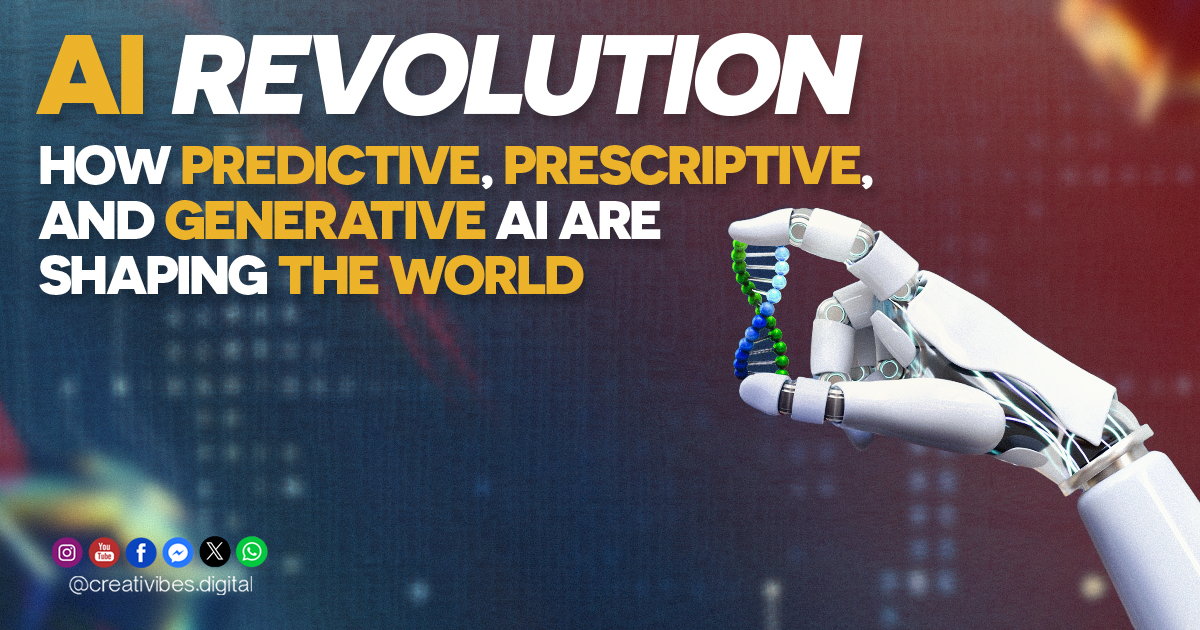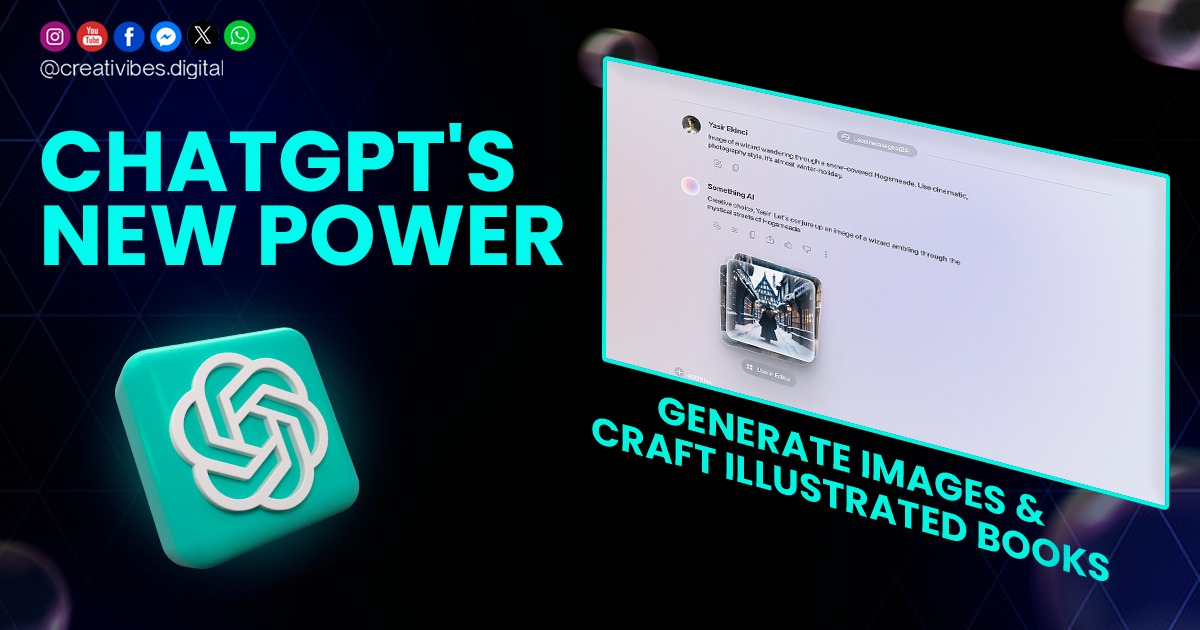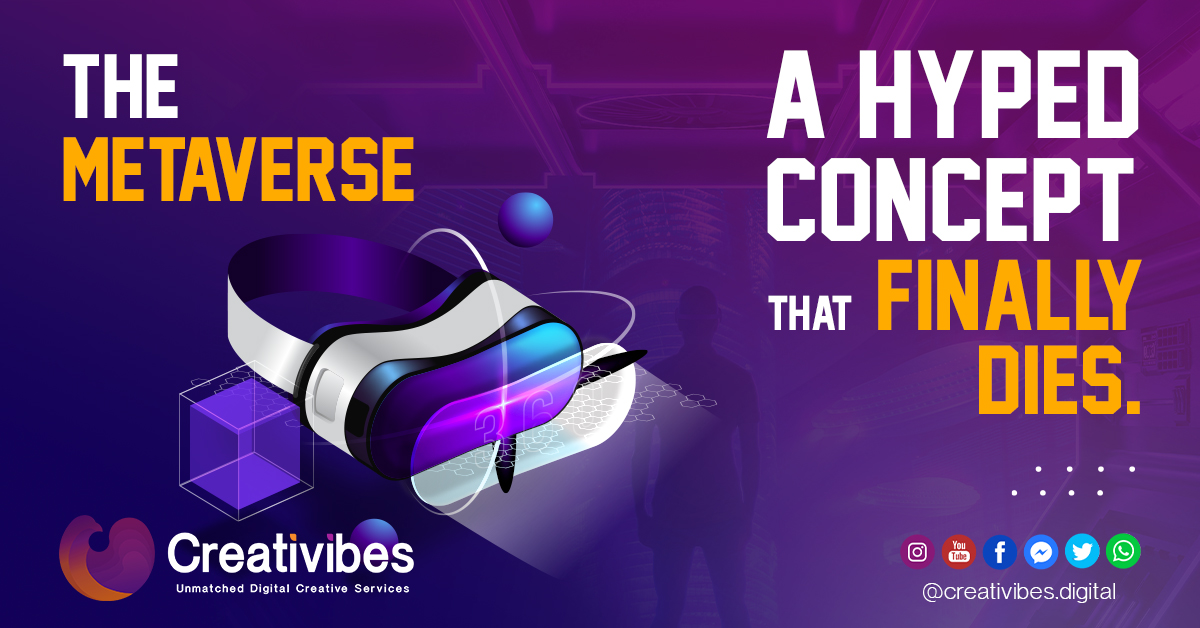
How Predictive, Prescriptive, and Generative AI are Shaping the World
The Artificial Intelligence Revolution is changing the modern face of doing business globally. Among its leading technologies are predictive, prescriptive, and generative AI, which transform processes, decision-making, and creativity. In this article, we’ll explore how these three forms of AI are reshaping the world and impacting various sectors.
Predictive AI: Powering Insights and Forecasting
Predictive AI uses machine learning algorithms to analyze past trends and predict future outcomes. It’s highly valuable in industries such as finance, healthcare, and retail, as it improves decision-making and resource allocation through accurate forecasts. Businesses use predictive AI to anticipate customer behavior, optimize supply chains, and mitigate risks by understanding future trends.
In healthcare, predictive AI analyzes patient data to forecast disease outbreaks, predict patient needs, and identify high-risk groups that require immediate intervention. In finance, it helps identify market trends, detect fraud, and forecast economic conditions.
Prescriptive AI: Guiding the Best Decisions
While predictive AI focuses on forecasting, prescriptive AI takes it a step further by prescribing the best actions based on those predictions. This technology uses data, algorithms, and advanced analytics to recommend solutions that optimize operations and improve decision-making. It’s especially vital in sectors like logistics, manufacturing, and healthcare, where efficiency and cost reduction are crucial.
For example, in logistics, prescriptive AI can suggest optimal delivery routes to minimize fuel use and improve time management. In healthcare, it guides treatment plans by recommending the most effective interventions based on a patient’s medical history and predictive outcomes.
Generative AI: Unleashing Creativity and Innovation
Generative AI is the most groundbreaking of the three, as it creates entirely new content—whether it’s text, images, or music—by using neural networks that emulate human creativity. This makes generative AI a powerful tool in industries such as entertainment, design, and marketing.
Already, generative AI is being used to create art, write articles, generate marketing copy, and compose music. It significantly reduces the time and effort needed to produce content while pushing the boundaries of what’s possible in creative fields. In the business world, generative AI automates content creation, helping companies streamline marketing efforts and personalize campaigns at scale. In entertainment, it’s used to design video game environments, create visual effects, and even produce short films.
Most commonly used tools right now include ChatGPT, MidJourney, Stable Diffusion, Dall-E and Gemini to name a few. Meta is also competing in the race.

The Future of AI: Integrating Predictive, Prescriptive, and Generative Technologies
As AI continues to evolve, we can expect greater integration between predictive, prescriptive, and generative AI. Systems will be able to forecast events, recommend actions, and generate creative solutions simultaneously, driving innovation and efficiency across industries. This convergence will give businesses a competitive edge in an increasingly dynamic landscape.
Though the AI revolution is still in its early stages, the impact of these technologies is already being felt globally. As predictive, prescriptive, and generative AI continue to advance, they will play an even more critical role in shaping the future of industries and society as a whole.





